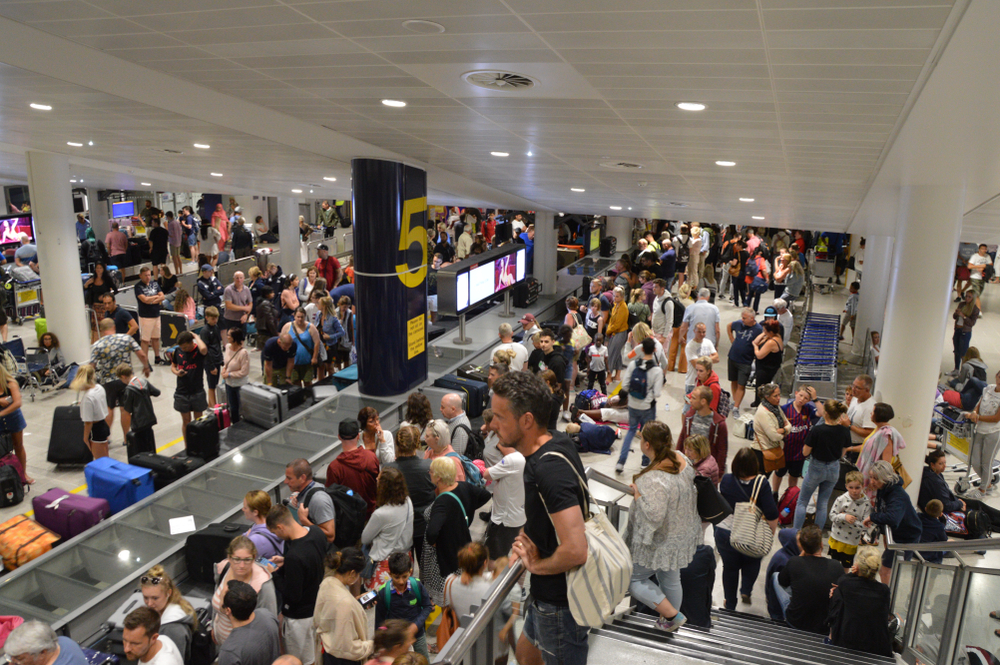[ad_1]

The UK Civil Aviation Authority (CAA) has published its fourth annual report on the disability access of the UK’s largest airports, spanning a 12-month reporting period of 1 April 2018 – 31 March 2019. The accessibility framework is a world-first and is driving improvements in performance to help improve accessibility across UK airports.
In total, there were a record number of 3.7 million requests for assistance at UK airports in the latest year – a rise of over 80 per cent since 2010. The Civil Aviation Authority’s accessibility report reveals that 14 airports have been rated ‘very good’. A further 16 airports were rated ‘good’.
The Civil Aviation Authority’s accessibility report reveals that 14 airports have been rated ‘very good’: Aberdeen, Belfast City, City of Derry, Cornwall Newquay, Doncaster Sheffield, Edinburgh, Exeter, Glasgow, Glasgow Prestwick, Humberside, Kirkwall, Norwich, Southampton, Sumburgh.
A further 16 airports were rated ‘good’: Belfast International, Birmingham, Bournemouth, Bristol, Cardiff, East Midlands, Inverness, Leeds Bradford, Liverpool, London City, London Gatwick, London Heathrow, London Luton, London Southend, London Stansted, Newcastle.
Four airports that were classified as ‘very good’ last year received ‘good’ ratings this year, while Manchester Airport was classified as ‘needing improvement’ – although this was an improved rating from ‘poor’ in the previous two years.

However, the Civil Aviation Authority expects Manchester Airport to take immediate action to reverse a recent decline in performance since the end of this reporting year in time for the next accessibility reviews. We have received assurances from the airport that it has plans in place to address this issue and we will be closely monitoring the implementation of these plans and their impact on performance.
For the first time since the framework’s introduction in 2016, no airports were classified as ‘poor’.
The report highlights room for improvement, with research showing that nearly a quarter of disabled and less mobile passengers said they requested assistance because the airport environment was becoming more difficult to navigate.
To achieve a ‘very good’ classification, airports most provide high quality support on the day of travel as well as keeping in regular contact and consultation with its users. The Civil Aviation Authority will work closely with airports to improve accessibility for disabled passengers.
As part of this drive for improvements, this will be the last year that the accessibility framework will use the current criteria. Since April this year, airports have been assessed using stricter targets, to improve the passenger experience and create a more seamless journey. Airports will need to further improve in order to retain or improve their classifications going forward.
“Where we see examples of bad practice, we will not hesitate to hold airports to account”
Paul Smith, consumers and markets director at the UK Civil Aviation Authority, said: “These results show significant improvements to the experience many disabled passengers faced before our reporting began. We hope this will help passengers to feel confident and empowered to travel from UK airports.
“While it is good to see the general improvements, airports will need to continue to work hard to improve, so that they are able to meet the more demanding performance standards that we have now introduced. Where we see examples of bad practice, we will not hesitate to hold airports to account and take the necessary action.”
[ad_2]
Source link
